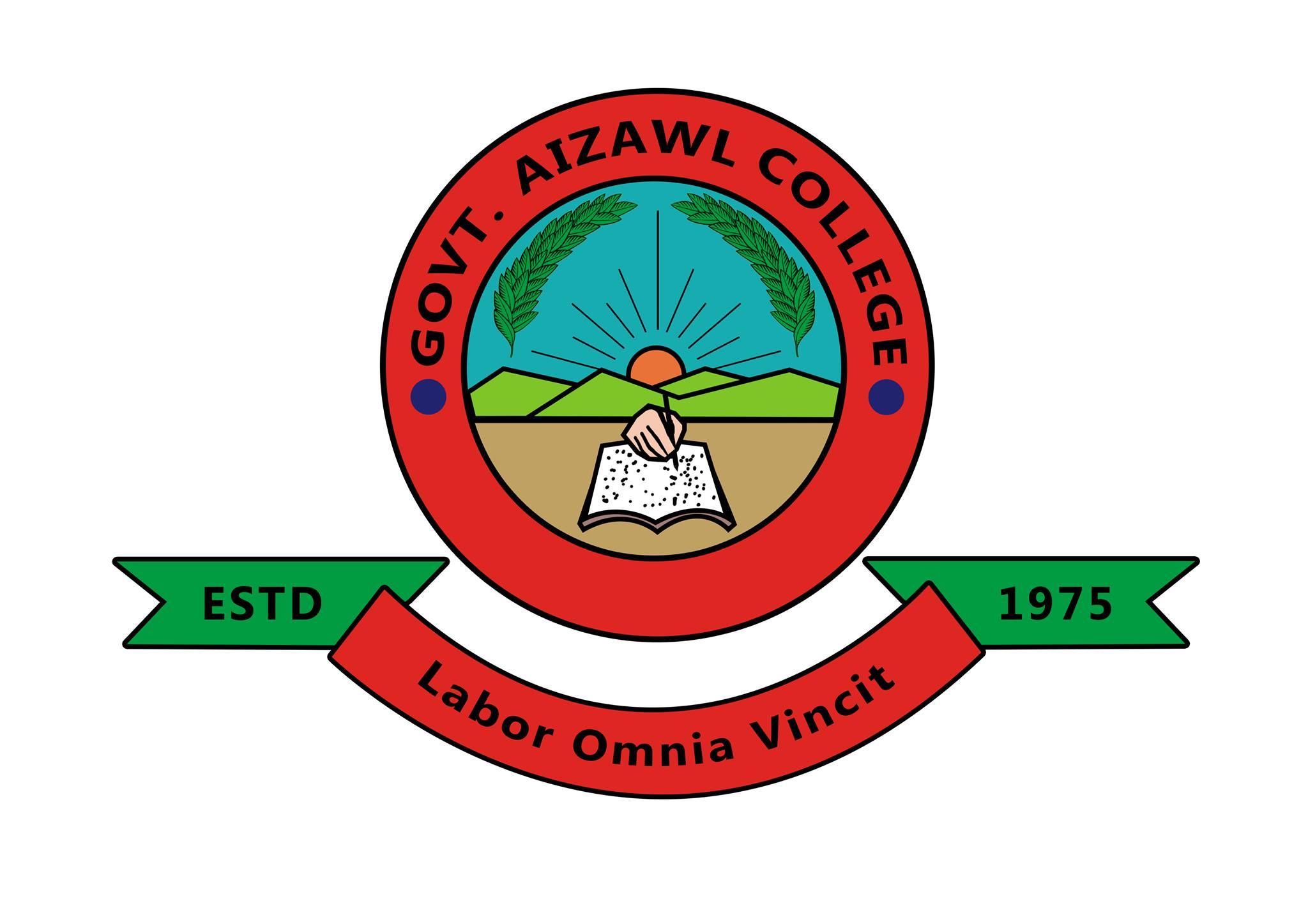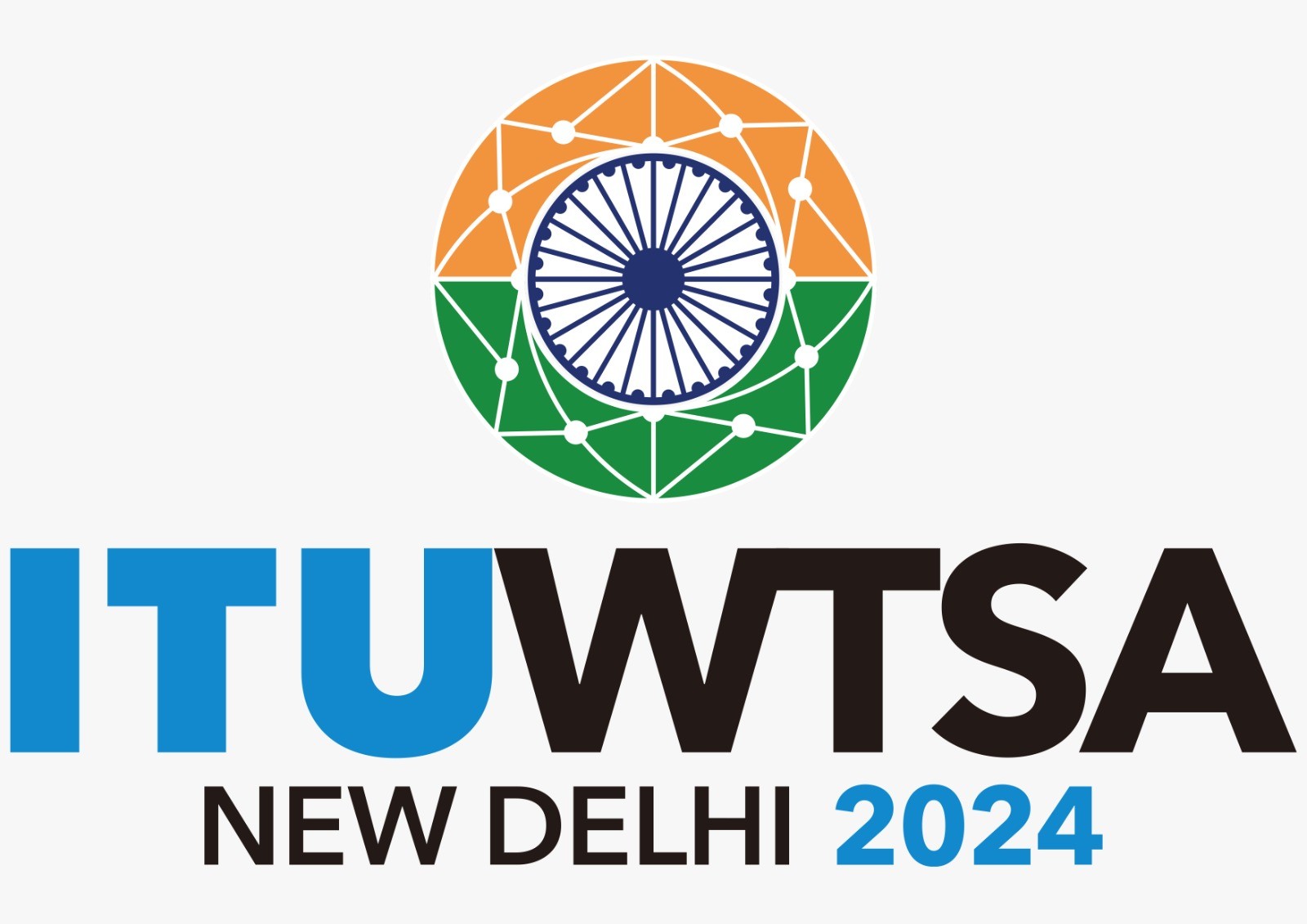SOCIAL STRATIFICATION: Meaning and Determinants
Social Stratification is the division of groups into different layers on the basis of proerty, power, prestige, age and gender. It doesn’t specify an individual but to a group as a whole. Social stratification present in every society. ‘It is a way of ranking large group of people into a hierarchy according to their relative privileges’.
In all societies there is a hierarchy of positions or group of positions called strata that are set-off from each other by the amount of property, power and honour they command. To that condition, where societies are arranged into hierarchies of positions or starta that command unequal amounts of property, power and honour we give the term startification.
“Social stratification is the division of society into permanent groups linked with each other by the relationship of superiority and sub-ordination” - Gisbert.
According to William J Good, there are two regularities or patterns which can be seen in society.
(a) Resources nad rewards are unequally distributed. Thus the few have much the many have little.
(b) Parents pass on their benefits to their children.
The ways in which resources are unequally distributed and pass on i.e transmitted from one generation to another is called the stratification system.
According to Kurt B. Mayer; “Social Stratification is, a system of differentiation which includes social positions whose occupants are treated as superior, equal or inferior relative to one another in socially important respect.”
Every society no matter how simple or complex has evolved a method by which a different social positions needed for the society are filled by the persons most qualified for them. There is an unequal distribution of resources and rewards (prestige, esteem etc). Among these persons according to the importance of the social positions they occupy. Not every person can fill some important positions unless they are specialised in enough to do so. These positions are usually few and scare in number. Society therefore makes sure or ensures thatthey are filled by only the most qualified persons. There is therefore an unequal or institutional inequality in society.
FIVE IMPORTANT CHARACTERISTICS OF SOCIAL STRATIFICATION:
(1) Antiquity (ancient) of social stratification : Social stratification has existed from earliest records. Even primitive societies and wandering tribes have some form of stratification. For onstance women and slaves were considered inferior (inequality based on sex and age). Nobility of descent was important especially among ancient civilization like the Greeks and Babylonians etc. There were rich and poor, humble and powerful, freeman and slaves and these hierarchical arrangements were considered as a natural order especially to those at the toppositions. Hierarchy based on inequality was considered not only natural but unavoidable and in some cases even necessary throughout the history. Those in superior positions (Kings etc) werte even thought of to be of divine origin (divine sanction). Social inequality therefore had always characterised human history.
MIGRATION
The term migration refers to the movement of population from one place to another. It may be of temporary or permanent type.
Temporary migrations may be annual, seasonal or even of a shorter duration, like daily. Commutation is the term used for daily movement of people between city and its surrounding towns or villages. Migration is not merely a reallocation of human resources but is a process which has three-fold impact: (a) on the area experiencing immigration, (b) on the area experiencing out-migration, and (c) on the migrants themselves, The purpose of migration may be employment, business, education, family movement, marriage, calamity, etc.
According to 1991 Census, about 30-40 per cent of migration is due to economic reasons, especially for seeking employment. Migration is the net result of the combined effects of push factors of the area from where people migrate and the pull effect of the area to which they migrate. In India the rural areas suffering from poverty, unemployment and excessive population-growth produce push effects from where rural youths, in large number, migrate to mega cities and industrial towns which have pulling effects due to more employment opportunities, greater prosperity and better conditions for sustenance.
There are four streams of migration: (a) rural to rural, (b) rural to urban, (c) urban to urban, and (d) urban to rural. In India rural to urban migration is very significant. Sometimes there is migration from village to small town and later from small town to city. Such migration is called step-wise migration.
In India there is massive rural to urban migration towards metropolitan cities like Kolkata, Mumbai, Delhi, Chennai etc to seek employment and better their economic prospects. Majority of these migrants are illiterate or semi-literate and unskilled peasants and labourers who are compelled to leave their village home due to poverty and unemployment. Since most of our cities have very limited employment generating capacity under capital-in- tensile industrialization and very limited absorptive capacity in the organized sector, these migrants find salvage only in informal sector, such as, porters, domestic servants, hawkers, vendors, construction workers, etc.
Since these migrants have little skill or training they are mostly absorbed in low-grade processing activities, indigenous transport, petty trade, or low-grade services. Very few are in administrative, professional or technical services. Condition of women migrants, although small, are more precarious, greater proportion of them are illiterate or semi-literate and are compelled to take up still lower kinds of jobs, as domestic maid servants, hawkers or vendors (Mukerji, 1990 and 1995).Mukerji has termed this phenomenon of urban growth as ‘evolutionary urbanization’ (Mukerji, 1991, pp. 203-249).
It has led to the cancerous growth of shanty towns, slums, bastees and squatter settlements, overflow of urban unemployment, digression of per capita consumption levels of daily necessities (food, clothing, shelter), and a very sharp decline of basic human values in extremely congested Indian metropolises that have been speedily occurring over 1981 -99 and which will accelerate in 21st century (Mukerji, 2000, p. 16). Because of this unchecked influx India’s mega cities and metropolises are growing as a over-blown villages, without essential urban functions, characteristics, urban infrastructure and services, and without a strong economic base. This phenomenon is similar to urban decay and degeneration.
Urban areas, in India, not only attract poor and illiterate class of people from villages but also provide opportunity to educated and elite class to better their economic lots and lead a more comfortable life. Many students from rural areas, who go to towns and cities for their higher education, get employment in urban areas and become part and parcel of city life. Big landlords and rich farmers have shown keen interest in investing agricultural profits in urban areas especially to business and commercial activities. Hence, cities, in developing countries like India, are growing at the plunder of rural resources (both natural and human). Unless this exploitative trend is counter-acted the revival of the villages is a distant dream.
Most of the international migrants to India are coming from Asian countries, followed by Europeans, Africans, etc. The neighbouring countries like Nepal, Bangladesh, Pakistan, Sri Lanka and Russia etc. have contributed large number of migrants to India. Since there is no restriction along Indo-Nepal international boundary large number of Nepali people come to India for seeking employment, education, business etc. Assam, West Bengal and north eastern states attract large number of legal and illegal migrants from Bangladesh.
This has created a number of social, economic and political problems in these areas. Nepalese are seen in Uttar Pradesh, Bihar, Punjab, Himachal Pradesh, Arunachal Pradesh, Maharashtra and Delhi. Similarly migrants from Sri Lanka are most frequented in South India especially in Tamil Nadu. Concentration of Arab nationals in the western states like Maharashtra, Gujarat, Goa, Daman and Diu and Kerala is mainly due to the proximity. Migrants from many African countries come to India to seek higher education and training.
Inter-State Migration
An interesting feature of internal migration in India is that the volume of inter-state migration is smaller than the intra-state migration. During 1981 28.40 per cent belonged to the rural to rural stream, 32.83 per cent to rural to urban, 31.60 per cent to the urban to urban, and 7.17 per cent to the urban to rural streams. Madhya Pradesh, Maharashtra, Orissa, West Bengal and Delhi have a higher number of inter-state migrants in their urban areas. This is mainly due to the higher rate of urbanisation, industrialisation and mining activities in these areas.
The urban centers of Lakshadweep, Dadra, Nagar Haveli and Arunachal Pradesh have nearly 100 per cent outside population. This shows that long distance inter-state migration is generally urban oriented. A noticeable feature of this migration is the deficiency of females.
In inter-state migration while there is decline in the percentage share of rural to rural migration between 1971 and 1991 remaining three streams have recorded appreciable increase.
Migration
Both male and female components in the rural to rural stream of inter-state migrants have witnessed decline during 1971-81. The rural to urban stream, on the other hand, has registered increase, although on a small scale. Similarly the urban to urban and urban to rural streams have registered increase between 1 and 3 per cent in both male and female components.
Intra-State Migration
The migration of the people from one part of state to another (i.e., within the state) is called intrastate migration. Here an overwhelming proportion (69.33) percent) belonged to the rural to rural stream. On the other hand only 9.1 per cent came under the urban to urban stream. About 15.7 per cent of the intra-state migrants moved from rural to urban areas, while 5.83 percent moved in the reverse direction (from urban to rural). Some 73 per cent of the total intra-state migrants were females which were due to marriage. About three-fourth of these female migrants belonged to the rural stream.
Movement to rural areas generally does not involve the whole family. As the work is low paying, hence, migrants cannot afford to keep their families in native places and support them by remittances. But in case of urban areas families do join the migrants when their income becomes reasonable. Nuclear and incomplete families are becoming common in urban centers in recent days.
A comparison of 1971 and 1991 Census data shows that the proportion of rural to rural migrants has declined by 5.49 per cent. On the other hand, urban to urban stream has registered an increase of 2.63 per cent during the same period.
Above analysis shows that the migration pattern in India is very complex. This complexity is increasing due to development in the means of transport and communication. The urban population dominates in case of inter-state migration, while it is rural in intra-state case.
About three-fourths of all migrants in the intra-state category were women. Rajasthan, U.P., Bihar, Andhra Pradesh and Kerala are the states dominated by out-migration, while Maharashtra, West Bengal, Delhi, Chandigarh and Andaman-Nicobar attract in-migrants. Unequal economic development appears to be the main cause for migration. There is a need for removing these disparities in development and also provide minimum basic amenities for migrants in the cities.


















